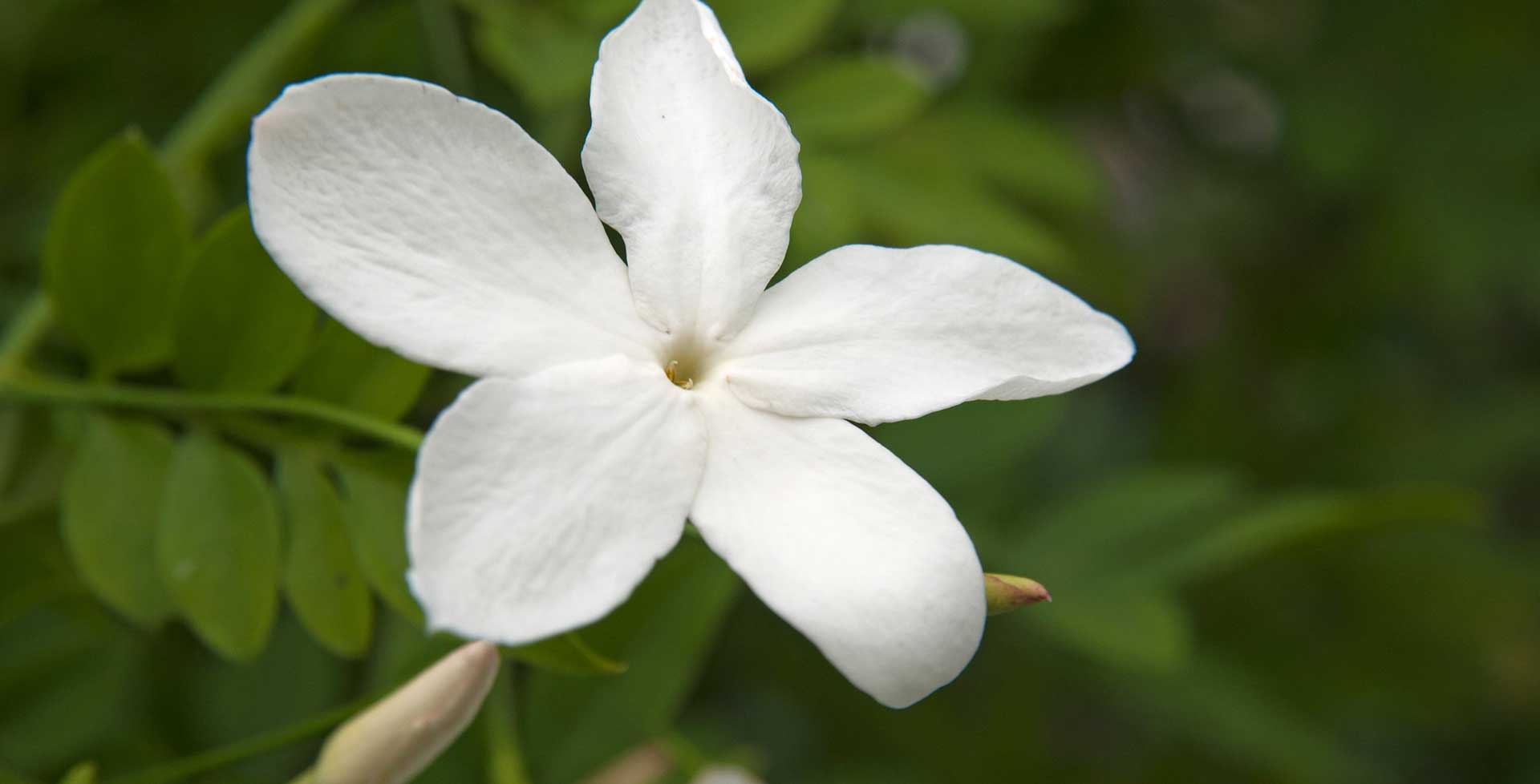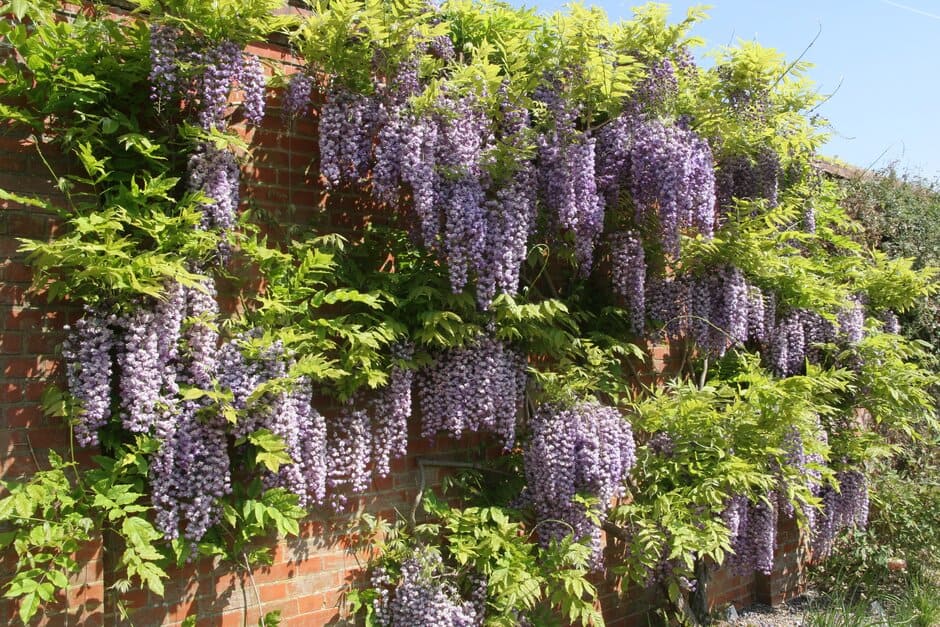
Introducing...
Jasmine
Botanical name: Jasminum
Jasmine is renowned for its fragrance. There are various forms, including scented summer-flowering climbers for a sheltered spot, and tender plants that will fill your home with floral perfume. Hardy winter jasmine has yellow blooms which, although unscented, bring valuable colour to the garden when little else is brave enough to flower.
Looks
Jasmines have small, star-like flowers, usually produced in abundance, often in clusters. The flowers tend to be white or pale pink, although those of winter jasmine are vibrant yellow. Most are climbers, a few are shrubs.
Likes
Summer jasmines like a warm, sheltered spot, where they can bask in the sun, while hardy winter jasmine is happy in colder locations, in sun or partial shade. Tender jasmines like year-round warmth indoors.
Dislikes
Many jasmines aren't fully hardy and these dislike cold, damp sites and may not survive winter outdoors. Jasmines don't like deep shade, although some will tolerate partial shade.
Did you know?
When is a jasmine not a jasmine? True jasmines have the botanical name Jasminum. However, many other popular plants are widely known as jasmine, due to their similarly scented, white flowers. These include star jasmine (Trachelospermum jasminoides), Madagascar jasmine (Stephanotis floribunda), Cape jasmine (Gardenia jasminoides) and Chilean jasmine (Mandevilla laxa).
Growing guide

How to grow jasmine
All the information you’ll need to grow and care for jasmine in your garden.
Jasmine we recommend
Jasminum officinale 'Devon Cream'
jasmine 'Devon Cream'
- 2.5–4 metres
- 2.5–4 metres
Jasminum officinale 'Devon Cream'
jasmine 'Devon Cream'
- 2.5–4 metres
- 2.5–4 metres
Useful advice

How to tie-in climbers

How to plant a climber

Plants for winter interest
Get involved
The Royal Horticultural Society is the UK’s leading gardening charity. We aim to enrich everyone’s life through plants, and make the UK a greener and more beautiful place.